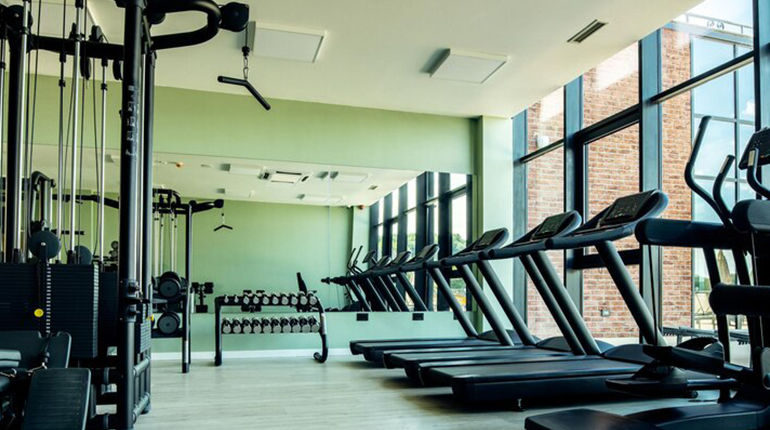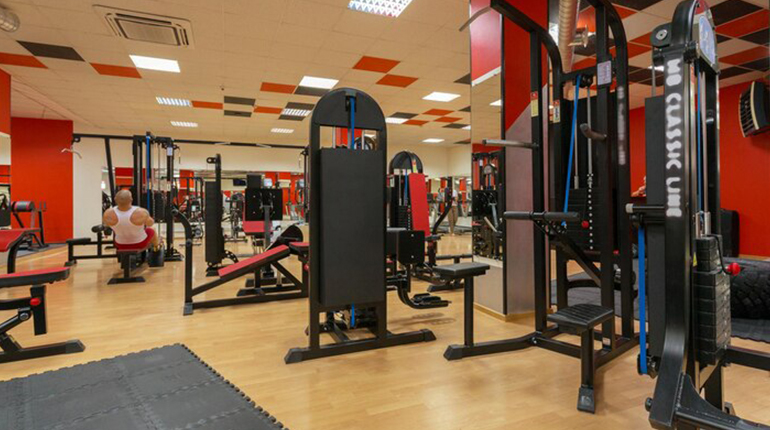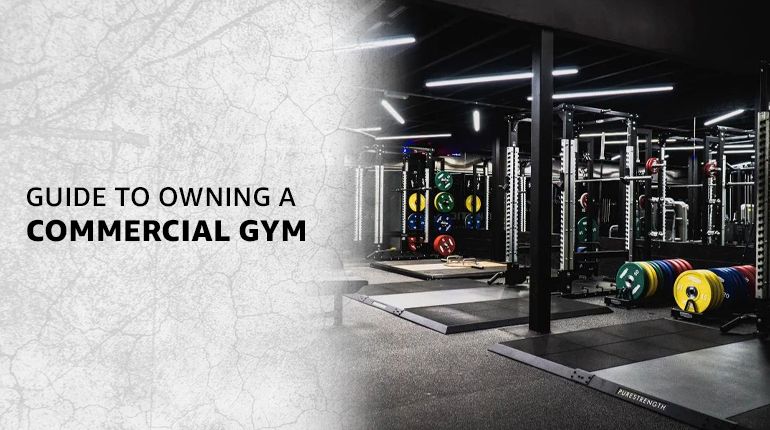The fitness industry is experiencing a surge, fueled by a growing population prioritizing health and wellness. Owning a commercial gym offers a unique opportunity to empower others while building a successful business. However, navigating this path requires a blend of passion for fitness, meticulous planning, and strategic execution. This comprehensive guide delves into the essential steps to owning and operating a thriving commercial gym.
1. Defining Your Niche or Offering
The initial step involves defining your gym's concept. Will it cater to a specific niche, like CrossFit or powerlifting, or will it offer a comprehensive range of fitness equipment and classes? Analyzing your target area's demographics is crucial. Does your community seek a high-intensity training environment or a more holistic approach with yoga and Pilates? Researching existing gyms in your vicinity can help identify gaps in the market and inform your decision on the best fitness equipment for your gym.
2. Building a Solid Foundation
A comprehensive business plan serves as your roadmap to success. It attracts potential investors, secures funding, and keeps your vision focused. Here are key elements to include;
Executive Summary
Before diving into the world of gym ownership, take some time to define your vision. What type of gym do you want to create? Will it focus on strength training, cardio, group fitness classes, or a combination of these? Understanding your vision will help guide all of your future decisions, including picking the best fitness equipment brand in India.

Market Analysis
Conduct thorough market research to identify your target demographic and assess the competition in your area. What are the demographics of your target market? What are their fitness goals and preferences? Understanding your audience will help you tailor your gym's offerings to meet their needs and stand out from the competition.
Marketing Strategy
A detailed plan for attracting and retaining members, including advertising channels and promotional offers.
Financial Projections
Financial projections for a commercial gym involve forecasting future revenue, expenses, and the break-even point. This analysis offers insights into the gym's financial viability. Revenue sources include membership fees, personal training sessions, and merchandise sales, while expenses encompass rent, utilities, salaries, maintenance, and marketing. By comparing projected revenue with expenses, gym owners can determine their break-even point, ensuring revenue covers costs. These projections aid in decision-making, such as pricing strategies and growth plans, for a profitable business.
Management Structure & Funding
An outline of your team composition and their respective responsibilities. Securing funding can involve personal savings, loans, or investor partnerships. Be prepared to present a convincing business plan that showcases your passion, experience, and projected success.
3. Finding the Perfect Location: Accessibility Meets Ambiance

A commercial gym set up in a space close to transport and parking lot
Location is paramount. Look for a high-visibility space with ample parking and convenient access to major roads or public transportation. Consider factors like rent, safety of the neighborhood, and potential for future expansion. The size of the space will depend on your equipment setup and class offerings.
Equipment Selection and Layout Optimization
Investing in quality fitness equipment is crucial for member satisfaction and safety. Research top brands and prioritize durability, user-friendliness, and variety. Here's a breakdown of essential equipment categories to consider:
1. Cardio: Treadmills, ellipticals, stationary bikes, rowing machines.
2. Strength Training: Free weights (dumbbells, barbells, plates), weight benches, cable machines, and selectorized machines.
3. Functional Training: Plyometric boxes, kettlebells, medicine balls, resistance bands.
4. Group Fitness: Mats, stability balls, jump ropes, steps, audio/visual equipment for classes.
Planning the layout optimizes space and user flow. Group fitness areas should be separate from cardio fitness equipment and weight training zones. Ensure adequate space for movement and easy access to equipment. Consider hiring a commercial gym design consultant for an efficient layout that maximizes functionality and member experience.
For a helping hand in planning your gym layout and setup, as well as accessing the best equipment options, turn to PowerMax. With our expertise and top-of-the-line equipment, we can help you create a gym that promotes health, wellness, and community spirit. Let's embark on this journey together and make your commercial gym dream a reality with our commercial gym setup packages!
4. Trainers, Staff, and Cultivating a Community Spirit
Your staff is the heart and soul of your gym. Hire certified personal trainers with diverse specialties to cater to different fitness goals and preferences. Look for individuals with excellent communication skills, a passion for fitness, and the ability to motivate and guide members. Front desk staff should be welcoming, knowledgeable, and skilled in providing customer service.
Beyond the core team, consider partnering with local businesses like nutritionists or physiotherapists. This creates a holistic wellness ecosystem for your members and can generate additional revenue streams.
5. Attract and Retain Members with a Strategic Approach
A strong marketing strategy is vital for attracting and retaining members. Utilize various channels to reach your target audience, including:

Develop a user-friendly website and utilize social media platforms like Instagram and Facebook to showcase your gym, staff, member success stories, and class schedules. Collaborate with local health organizations, offer free trial classes, and participate in community events to raise awareness and build relationships. Incentivize existing members to bring in new clients with rewards and discounts, leveraging the power of word-of-mouth marketing.
6. Building Brand Loyalty
Retention is key to long-term success. Here are strategies to keep members motivated and prevent churn:
Offer Engaging Group Fitness Classes: Provide a diverse range of classes led by experienced instructors, catering to different fitness levels and interests.
Personalized Training Plans: Offer personalized training plans developed by certified trainers, helping members achieve their individual goals.
Member Appreciation Events: Organize events that foster
Also Read: Benefits of a Residential Gym
Conclusion
Owning a commercial gym isn't just about building a business; it's about empowering your community to achieve their health and wellness goals. This comprehensive guide has equipped you with the essential steps to navigate this exciting journey. Remember, success is a marathon, not a sprint.
As you embark on this path, stay passionate about fitness, adaptable to industry trends, and committed to exceeding member expectations and embrace the best fitness equipment. Embrace technology to streamline operations and create a dynamic online presence. Continually invest in your staff's professional development to ensure they deliver exceptional service and expertise.
Most importantly, foster a sense of community within your gym. When your gym becomes more than just a workout facility, it becomes a beacon of well-being, attracting and retaining members who are invested in their fitness journey.
With dedication, strategic planning, and a commitment to creating a positive member experience, you can transform your vision for a commercial gym into a thriving reality.
 India (INR)
India (INR)
 UAE (AED)
UAE (AED)
 Store Locator
Store Locator






-thumb.jpg)
-thumb.jpg)
-thumb.jpg)
-thumb.jpg)
-thumb.jpg)
-thumb.jpg)
-thumb.jpg)
-thumb.jpg)
-thumb.jpg)
-thumb.jpg)